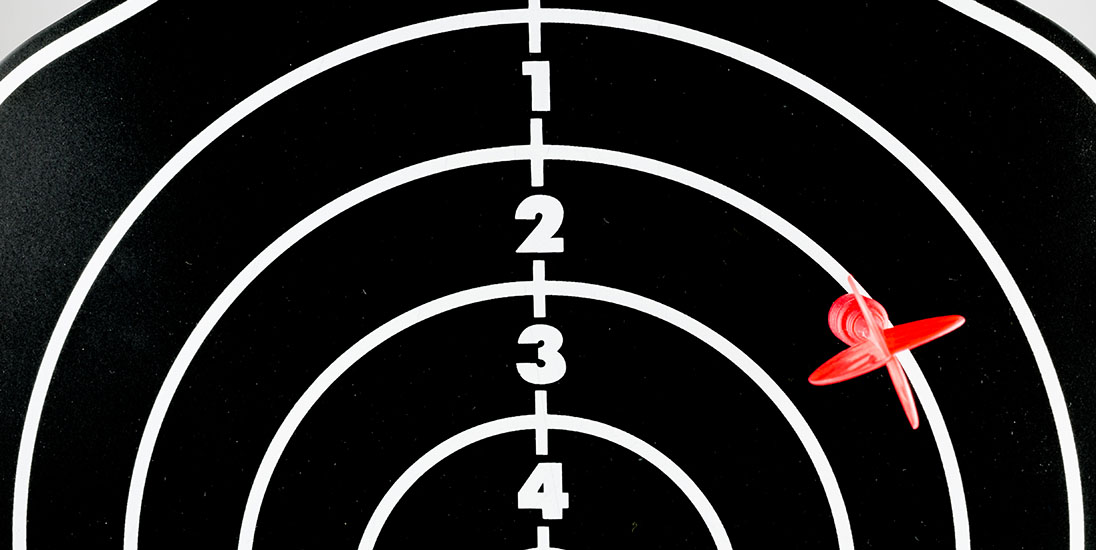The bigger the student loan, the smaller the chance of getting good grades
If you are a student living on a loan in the United States, you are less likely to get good grades than your debt-free fellow students. The bigger your student loan, the poorer you perform.
“There seems to be a negative correlation between academic achievement and having a student loan,” says Professor Snorre Lindset at NTNU’s Department of Economics.
In collaboration with Professor Emeritus Gunnar Bårdsen and Dr Peter Resch from the Department of Finance at the University of Central Florida in the United States, he has studied the correlation between grades and student debt at a large, public university in the US. Almost 900 undergraduate economics students participated in the study. Lindset emphasizes that the results primarily reflect American conditions.
“However, we hope our work will shed light on the correlation between academic performance and student debt,” he says about the study that has been published in the Journal of Social Sciences.
American student debt has skyrocketed

Do students who have to take out loans to pay for their university education have the same opportunities to perform well academically as fellow students who do not need student loans? The answer is definitely no, says Professor Snorre Lindset at the Department of Social Economics. Photo: NTNU
The possibility of being able to take out a student loan has opened the door to higher education for millions of Americans. At the same time, student debt has become a financial headache – for the authorities and students alike.
In Norway, individual exam grades are recorded on student transcripts, but in the United States, Grade Point Average (GPA) is the standard. GPA represents the overall average grade, and the scale usually ranges from 0 to 4, with 4 being the highest score. GPA is of great importance regarding admission to specific schools, and job and scholarship opportunities.
Student loans are managed differently
So far, little research has been conducted into whether student loans inhibit or promote students’ academic performance. There are studies that show that student debt can cause anxiety and stress. For some people, the burden of debt may lead to less focus, or even dropping out. Other people experience a loan as a great opportunity and a commitment to being a diligent student.
The Norwegian–American study is one of few that has investigated the direct correlations between GPA and the burden of debt.
“Our results suggest that there is a strong correlation between high student debt and low academic performance,” write the authors.
Unrealistic expectations
86 per cent of the 877 students in the study were under the age of 25, and slightly more than half were male.
In addition to providing information about background, studies and GPA, the students were also asked questions about their social and economic background, self-awareness and understanding of reality.
Seven out of ten thought they were better, or much better, than their fellow students at managing their money. But on a total of four questions on interest, money, and finance, only just over 20 per cent answered three or four questions correctly.
Nearly half of the students had unrealistically high expectations of what their starting salary would be.

In the USA, GPA is used, which is an overall average grade for academic performance. The scale usually goes from 0 to 4 as the best score. The study from NTNU and the University of Central Florida shows, among other things, that a student who does not have a student loan has a 26 percent higher chance of achieving a GPA above 3.5 than a student with debt. Illustration: Colourbox
Being debt-free and young is best
A little more than 40 per cent of the survey participants had taken a loan in order to be able to study. Of these, over half were more than USD 10,000 in debt. The study shows that students with debts have a significantly lower chance of achieving a GPA above 3.0, i.e. towards the top grades, than debt-free students. It also appears that older students perform worse than their younger peers.
Moreover, the higher the student loan, the more grades seem to suffer.
“This happens regardless of gender, age and other factors we have taken into account,” the researchers said.
The burden of student loans is getting heavier
If we delve deeper into the figures, it turns out that those students who have up to USD 10,000 in loans have a 7.8 per cent lower chance of achieving a GPA over 3.5 than their debt-free fellow students. For those with student debt of USD 10,001–20,000, the chance of achieving the best GPA drops by 13.7 per cent.
A student with no student loans has a 26 per cent greater chance of achieving a GPA of over 3.5 than a student with debt.
“Our results show a clear, negative correlation between the GPA achieved and the size of the student loan. The findings support the notion that the burden of student debt is exacerbated by poorer academic performance,” the researchers said.
Many factors play a role
The researchers emphasise that many factors come into play in relation to understanding the precise correlations. Different types of loans may have varying effects on students’ efforts over time. Students, studies and campuses are also different.
Snorre Lindset, Gunnar Bårdsen and Peter Resch emphasise that the results cannot be automatically transferred to other student groups, studies or educational institutions.
“However, we hope our work can contribute to prompting further thorough studies of the negative correlation we have found,” says Professor Lindset.
USD 1.73 billion in student loans
The U.S. Government is working to curb the student debt crisis in the United States. Several proposals have faced legal obstacles, and it will take a lot to rectify the disparities that have arisen.
According to CNN, the total amount of student loan debt in the United States reached a record USD 1.73 billion in the third quarter of 2023. Since then, the figure has fallen somewhat. Recently, President Biden announced a new round of student loan forgiveness through the repayment plan called Saving on a Valuable Education (SAVE).
If the correlation between high student debt and poor academic performance is as strong as the Norwegian–American study suggests, the researchers believe it is appropriate to introduce rules and schemes that can prevent such disparities from occurring in the future.
Reference: Gunnar Bårdsen, Snorre Lindset and Peter Resch: Financing College Through Student Loans: An Incentive for Academic Performance? https://doi.org/10.3844/jssp.2023.82.91


